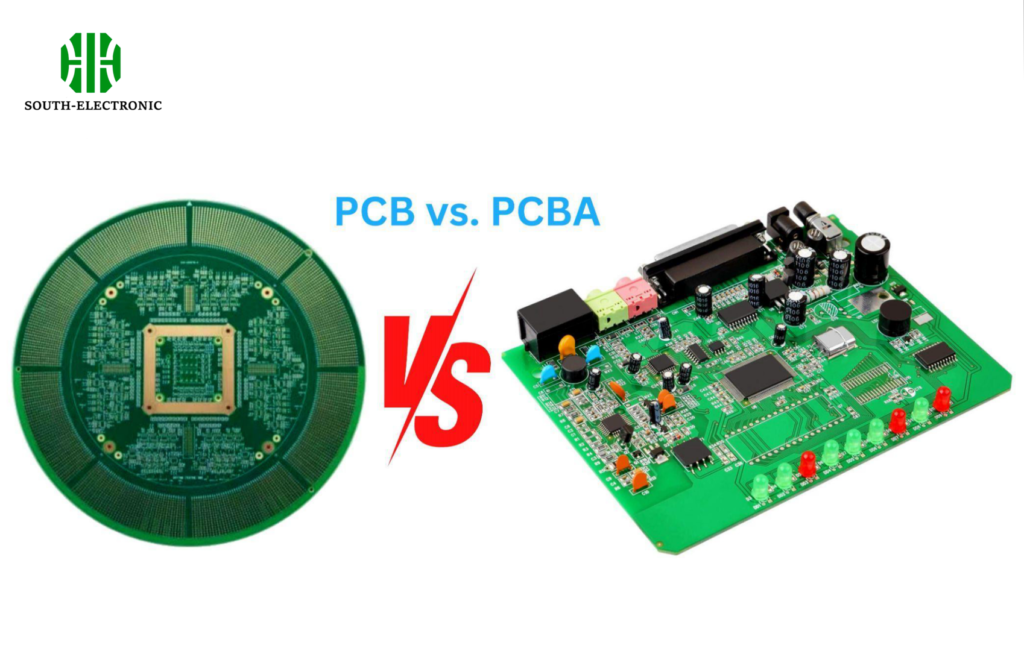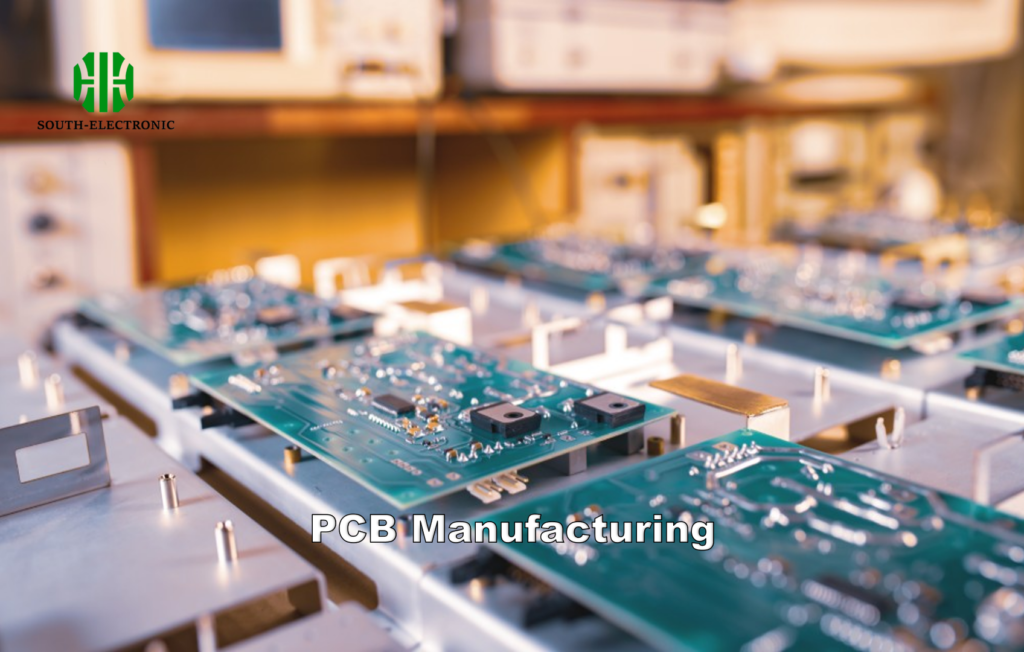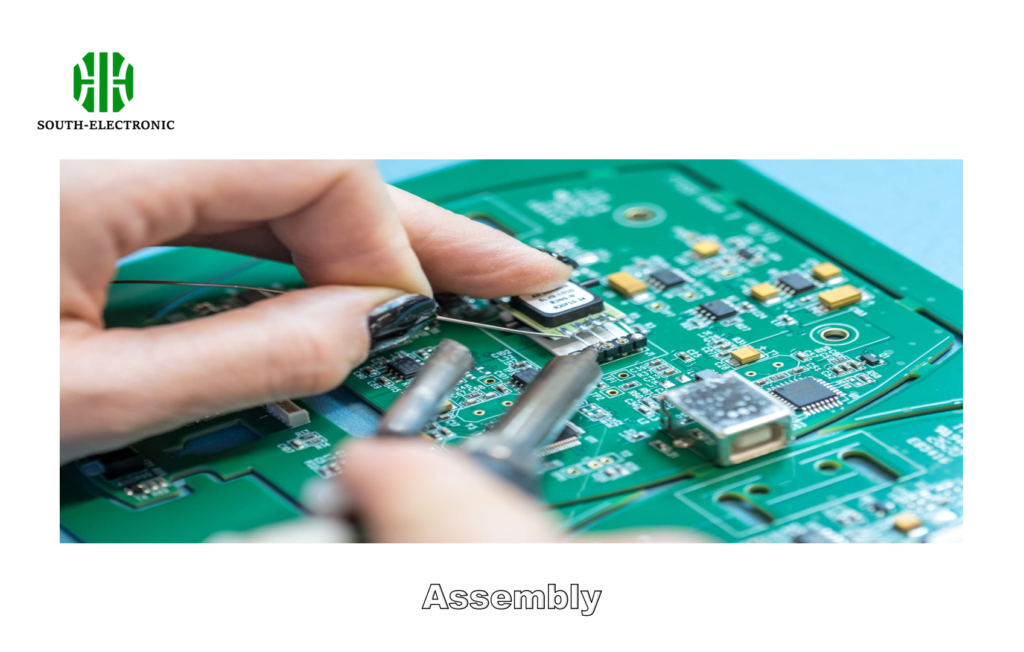Ever stared blankly at a manufacturing quote? Seeing PCBA prices tower above PCB costs can give anyone sticker shock.
PCBA costs more because it transforms a blank circuit board into a working electronic device through component sourcing, precise assembly, and rigorous testing — adding labor, materials, and engineering expenses absent in basic PCB production.

Let me unpack exactly where those extra dollars go. We’ll start with fundamentals then explore manufacturing realities step by step.
What’s the Core Difference Between PCB and PCBA?
Frustrated by confusing terminology? You’re not alone. Many buyers lump "PCB" and "PCBA" together accidentally.
PCB is just the raw circuit board — think green fiberglass with copper lines. PCBA is that same board plus mounted chips, resistors, and other functional hardware you solder on.

Why Functionality Alters Costs
Empty PCBs resemble electronic skeletons. Assembly injects life into them. Here’s a direct comparison:
| Feature | PCB | PCBA |
|---|---|---|
| Physical State | Bare board | Board + soldered components |
| Testing Complexity | Simple conductivity checks | Functional and burn-in tests |
| Design Requirements | Traces/layers only | Component placement & routing |
| Real-World Purpose | Cannot operate standalone | Ready for device integration |
I learned this when assembling DIY guitar pedals. A raw PCB just sat in the box — useless until I added capacitors and switches. Manufacturers face identical issues at industrial scale. Soldering even basic resistors costs money — engineers must position them perfectly. Testing becomes vital too. One faulty capacitor could kill an entire batch. That’s why PCBA workflows demand more scrutiny.
How Does the Manufacturing Process Differ Between PCB and PCBA?
Watching assembly lines feels hypnotic — robots whirring, lasers flashing. But these stages skyrocket expenses.
Basic PCB fabrication involves printing circuit patterns, laminating layers, then drilling holes. PCBA adds complex steps: component placement, reflow ovens, and thorough inspections.

Breaking Down Added Steps
PCBA transforms simple fabrication into advanced construction:
Component Procurement
- Sourcing ICs/Memory often takes weeks due to global shortages
- Creating a "Pick and Place" feeder setup for automated machines
| Soldering Execution | Soldering Type | PCB Requirement | PCBA Requirement |
|---|---|---|---|
| Surface-Mount (SMD) | None | Precision nozzles + solder paste | |
| Through-Hole (THT) | None | Manual/selective wave soldering |
Quality Assurance Stages
- Post-solder X-rays scan hidden joints
- Functional tests use custom firmware on each unit
- Burn-in testing stresses boards for 12-48 hours
During my factory tour last year, I saw an AOI machine halt production over one crooked resistor. That delay cost hundreds per hour — proof that complexity directly impacts timelines and pricing strategies. More steps mean more staff, equipment, and failure points stacking up the bill.
How to Prepare Design Files: PCB vs PCBA Requirements?
Ever accidentally submitted half-finished files? I did — holding up production for days. Requirements differ hugely between PCB/PCBA.
PCB needs basic Gerber files defining copper layers/drills. PCBA requires full BOMs, centroid coordinates for robotic placement, plus test procedures validating assembly.

Critical Design Documentation
Missing files cause frustrating delays. Here’s what manufacturers need:
PCB-Only Projects
- Gerber files for all layers
- Drill files specifying hole sizes/locations
- Silkscreen/solder mask layer diagrams
| Complete Assembly Requires | File Type | Purpose | PCBA-Specific? |
|---|---|---|---|
| Pick-and-Place File | Guides component robots | Yes | |
| Full BOM (Excel) | Lists part numbers & suppliers | Yes | |
| Test Vector Files | Automated functional validation paths | Yes |
Three years ago, I forgot component polarity markers in a PCBA order. Results? Backward-mounted diodes created short circuits. Fixing it cost thousands. Such details appear trivial until skipped. Manufacturers must cross-validate all positions against schematics — manual labor hours that increase with complexity. Add programming specs for microcontrollers and testing protocols. Every document extends engineering prep time and overall costs.
Conclusion
PCBA surpasses PCB pricing due to layered assembly stages, component costs, and exhaustive testing — transforming inert boards into functional electronics with higher labor and materials expenses.



